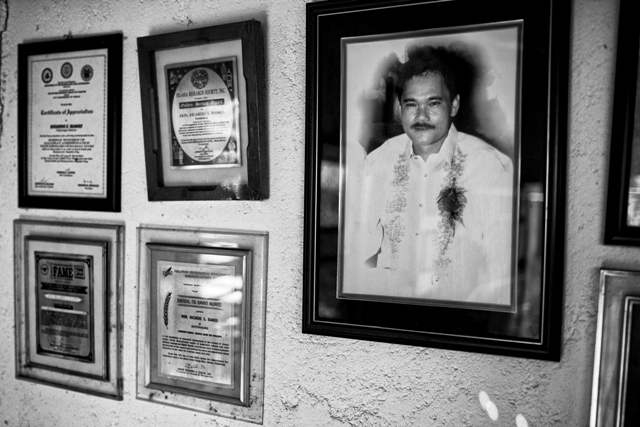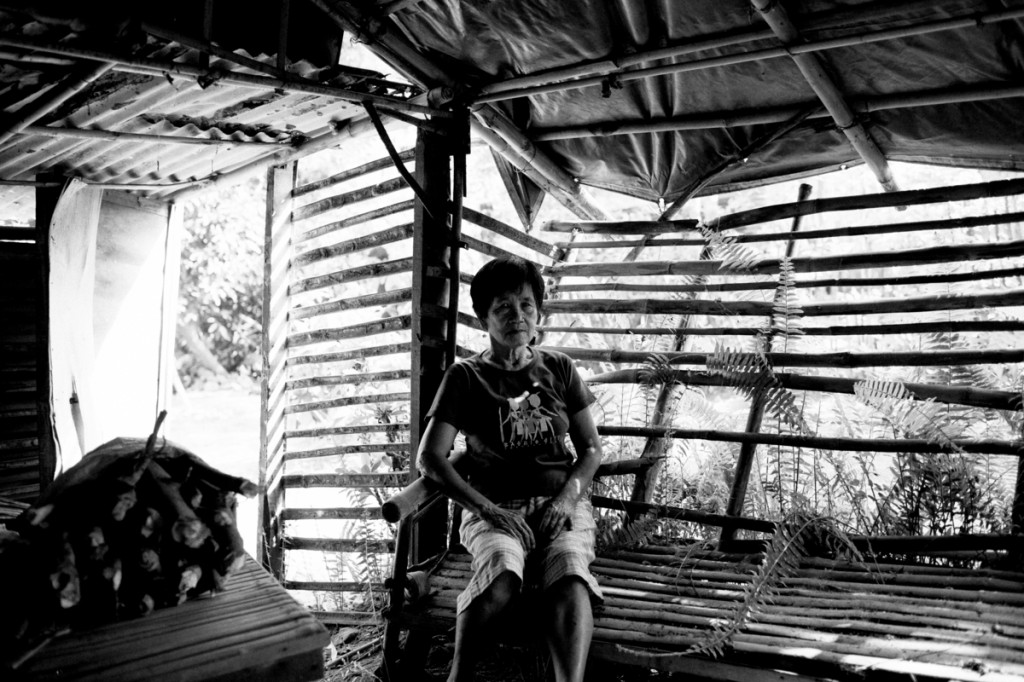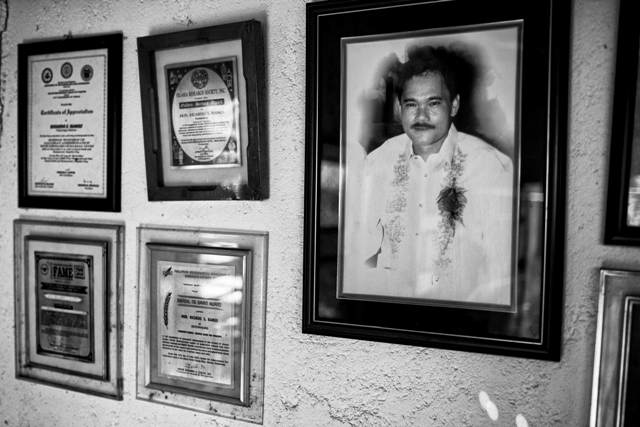By HOMER TEODORO
Central Luzon TV and VERA Files
(Conclusion)

HACIENDA LUISITA, Tarlac—Unlike other cases of extrajudicial killings, the slaying of labor leader Ricardo Ramos should have been an open-and-shut case. After all, the alleged killer is behind bars, and the case against him has been filed in court.
But the case is dragging on partly because previous public attorneys assigned to the case had lost the heart to pursue it, and in the latest hearing March 11, the current one failed to appear.
The previous public defender assigned to the case managed to voice his apprehensions. “May mga anak din ako at pamilya (I, too, have a family),” he said, before finally giving up the case.
Ramos was president of the Central Azucarera de Tarlac Labor Union (CATLU) and was the last in a line of labor advocates and leaders slain just after the union’s 700 farmers and 5,000 mill workers staged a strike in November 2004.
At least three others before him fell victim to extrajudicial killings: Marciano Beltran, Peasant Alliance in Tarlac chairperson and adviser of union members, gunned down on Dec. 8, 2004; City Councilor Abel Ladera, a staunch supporter of the hacienda workers, killed on March 3, 2005; Fr. William Tadena, the Aglipayan priest who offered food to strikers, shot on March 13, 2005.
The cases show the poor human rights record of the province of Tarlac, home province of President Benigno Cojuangco Aquino III, who has publicly announced he wants all human rights violations during his predecessor’s time resolved.
There is nothing to link the Azucarera, owned by the powerful Cojuanco family, directly to the killings. But none of these cases has resulted in a conviction or resolution, and they have instead caused fear among prosecutors assigned to the case.
Ramos’ killing happened on the night of Oct. 25, 2005, while CATLU members were rejoicing that they had gotten their back wages after the Department of Labor and Employment ruled they were entitled to the wages before they staged their November 2004 strike.
Ramos, who was also the village chief of Barangay Mapalacsiao in Tarlac City and was known to many as “Kapitan Ric,” was sitting inside his nipa hut when shots rang out.
The shot apparently came from one who had approached and stood beside Ramos. The trajectory of the bullet showed it hit Ramos in the face, went through his left shoulder and all the way down to his chest, killing him instantly
According to witnesses, two military men they identified as Sgt. Roderick “Joshua” de la Cruz of the Army’s 7th Infantry Division and Sgt. Romeo Castillo were asking about Ramos a few hours before he was murdered. Ramos’ neighbors said both were from Subpool, a camp inside Hacienda Luisita.
“They came around 5 p.m., looking for Ramos because they wanted to talk to him. He was sleeping then so I told them to just come back. They returned around 9 p.m. but they couldn’t talk to him because he had visitors. They then left and after a few minutes, shots rang out,” George Gatus, a close friend and bodyguard of Ramos, narrated in Filipino.
Police arrested De la Cruz, now incarcerated at the Tarlac Provincial Jail pending the resolution of the case. Sources could not confirm if criminal charges were ever filed against Castillo
At the time of the killing, the 7th Infantry Division was headed by Army general Jovito Palparan, who human rights groups say is responsible for a reign of terror that resulted in a series of extrajudicial killings in Central Luzon.
Left-leaning activists in the region, including CATLU officials and supporters, were accused of being members or supporters of the communist New People’s Army and became subjects of counter insurgency operations. There are military detachments in several villages inside Hacienda Luisita.
Unlike other extrajudicial killings, Ramos’ case is not bereft of witnesses.
A neighbor of Ramos executed an affidavit stating that when he visited Ramos’ house at 2 p.m. on Oct. 25, he saw De la Cruz and Castillo having merienda with Ramos’ wife, Lily. At the time, Ramos was not home as he was busy distributing the farmers’ back wages. The soldiers soon left, only to return by 3 p.m. and looked for Ramos’ brother, Rolando, to inquire about Ramos’ whereabouts.
Another eyewitness said that by 9 p.m., he saw De la Cruz and Castillo in the village again looking for Ramos. Both were not wearing military uniforms. Minutes after that, shots were fired.
After the shots rang out, another resident said he saw five armed men walk past his house. But he said it was dark and he failed to see if the men were in military uniforms.
About two weeks before the incident, a neighbor of Ramos whose house is adjacent to his recounted that military men repeatedly came to her house insisting on buying her dog. She said her dog loudly barked at anyone who passed by. She was forced to sell it for P300. Behind her house is a path that leads to Subpool, she said in the affidavit.
Despite the affidavits, the case, docketed as Criminal Case No. 14419 under the sala of the acting presiding Judge Cesar L. Aganon, has been moving slowly after several government lawyers withdrew from the case.
Lily Ramos, widow of the slain labor leader, recalled that in 2008 representatives of the Department of Justice (DOJ) came to her and said they were filling the case because they had the gunman in their possession. At first, she said the DOJ gave her three lawyers to assist her. But they soon seemed to be gripped by fear themselves.
One of the DOJ lawyers said his service vehicle with DOJ markings had been pulled out and he was forced to commute from Manila to Tarlac. This lawyer eventually dropped out.
According to Ric’s mother, Adelaida, her son’s wife is also just as afraid.

“Nang makita namin si Joshua parang galit, kaya iyong asawa ay natatakot…baka makalabas si Joshua baka puntahan ang mga anak at kunin, (When we saw Joshua, he looked angry and my son’s wife feared for the safety of her children. She was afraid that should Joshua get out of jail he’d come after her children and take them away),” the visibly stricken mother said.
“Siyempre masakit ang pakiramdam namin (Of course it hurts),” Adelaida continued, “Hanggang ngayon wala pang hustisya (To see that up to now justice has not been achieved).”
Kapitan Ric’s death is a great loss to the union workers and to his community, as one of his neighbors said, “Mahal na mahal siya ng mga tao (He was well-loved by the people).
Read the first part, Palparan operative walks free despite murder cases
(This story is part of the VERA Files project “Human Rights Case Watch” supported by The Asia Foundation and the United States Agency for International Development.)
